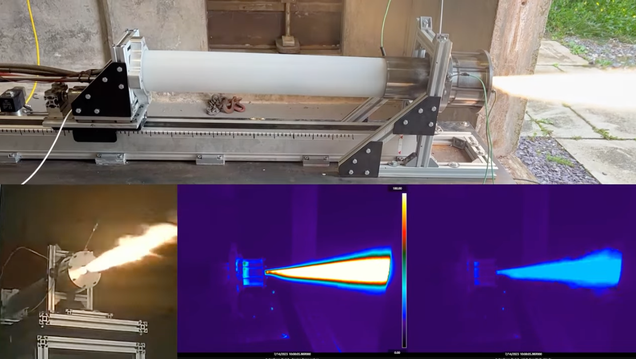
A new rocket is designed for its own destruction, eating itself as it makes its way through Earth’s atmosphere to power its journey.

A new rocket is designed for its own destruction, eating itself as it makes its way through Earth’s atmosphere to power its journey.

NASA, along with a suite of international and private partners, has big plans to build a small space station. Called Lunar Gateway, the proposed outpost will support missions at and around the Moon and provide a unique platform for conducting science. Here’s what you should know about the upcoming space station and…

The largest primate in our family tree went extinct hundreds of thousands of years ago, and its existence has been known to humankind for less than a century. Now, a team of researchers has reviewed the ancient records and devised a more specific extinction window for our huge fallen relative, Gigantopithecus blacki,…
Kasih Norman et al/Griffith University

The United Arab Emirates (UAE) is contributing to the lunar outpost that will be built around the Moon, building the Gateway’s airlock module in a sign that the gulf country will be more involved in NASA’s Artemis program.
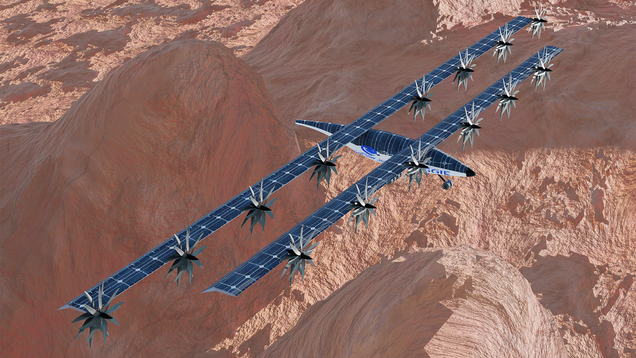
NASA, in its relentless pursuit of space innovation, announced on Thursday the selection of 13 new projects for its 2024 Phase I awards under the Innovative Advanced Concepts (NIAC) program. These awards, totaling up to $175,000 each, are granted to teams proposing advanced and unconventional space technologies.
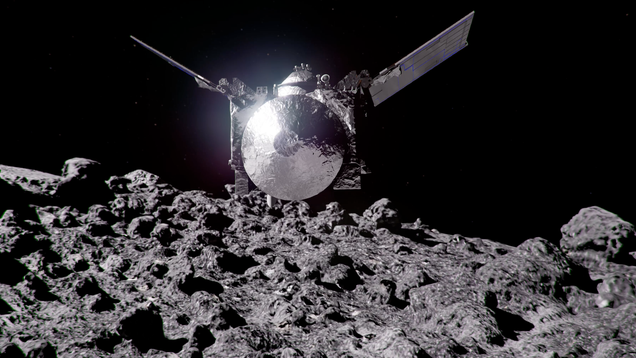
New mission, who dis? The spacecraft formerly known as OSIRIS-REx had an impromptu close encounter with the Sun as it follows a newly crafted route to a second asteroid, using one of its solar arrays for shade.

The year 2024 is shaping up to be solid for Star Trek in our own reality—we’ve got the final season of Discovery, work is underway on Michelle Yeoh’s Section 31 film, and we
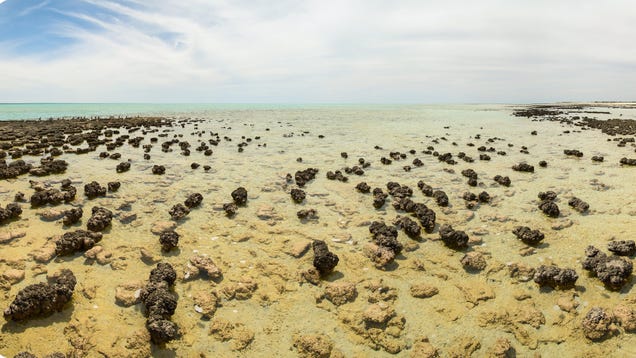
The story of life on Earth can’t be told without photosynthesis, the process by which plants (and some other lifeforms) convert sunlight into chemical energy. Now, a team of researchers has announced the discovery of fossilized photosynthetic structures—the oldest yet known—from a staggering 1.75 billion years ago.
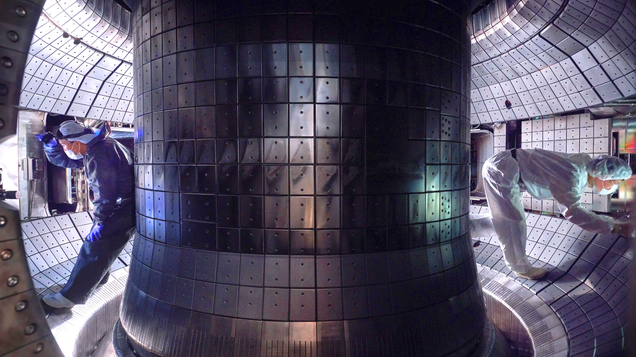
The Korea Institute of Fusion Energy has installed a new diverter in the KSTAR tokamak, allowing the artificial sun to sustain high-ion temperatures exceeding 100 million degrees Celsius for longer.